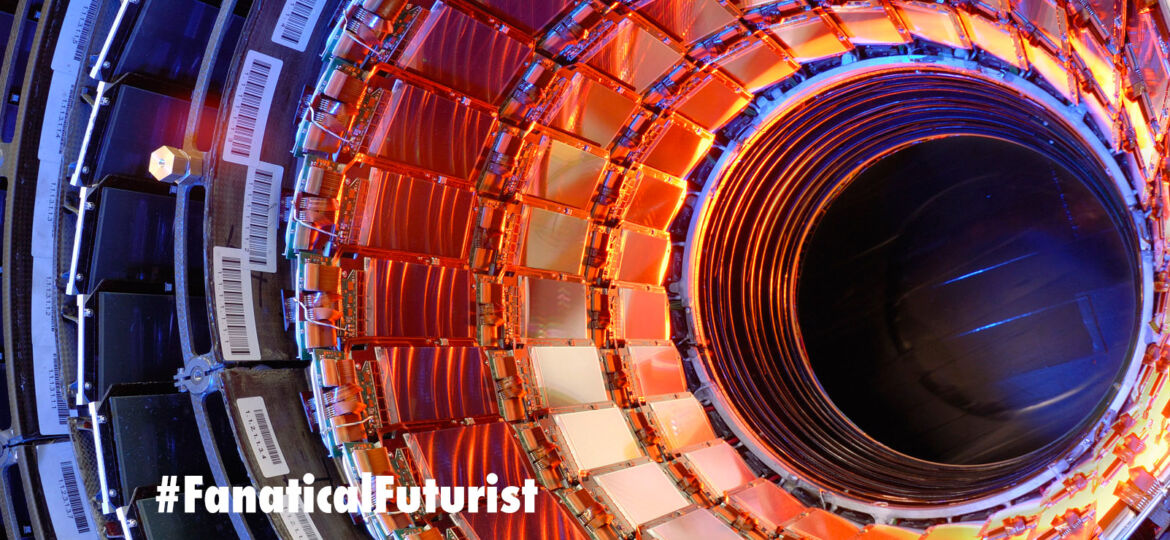
WHY THIS MATTERS IN BRIEF
- Renewable energy is taking over the world, with thousands of Gigawatts now installed around the world, and the price is plummeting, new records and new breakthroughs will only make the technology cheaper and that’s going to accelerate the switch from fossil to renewables happen even faster
In today’s world where every conversation seems to start with the weather and climate change, and where renewable energy, especially solar power, which is now the cheapest form of energy in over 58 countries, and only getting cheaper, thanks to new records and breakthroughs, is often hailed as the technology that will save us all from certain climate doom, it shouldn’t be forgotten that making solar panels is difficult. Manufacturers have to go through a myriad of steps before they can turn silicon into the finished, glittery product that sits on your roof. Or car, or windows – solar panels are popping up everywhere now.
However, all that said, did you know that one of these steps, a key one, could be made much faster and cheaper by using a particle accelerator? And yes, I know, you’re thinking particle accelerators are huge beasts so this just sounds like some fantasy pie in the sky thing, but, as I wrote about a while ago, one day soon particle accelerators will fit onto a chip you can put in your pocket, and not only will that change industries like healthcare and manufacturing, but it could make your renewable energy bills cheaper too – much cheaper.
At their core, solar panels are made of the same thing computer chips are made of, silicon, and pure silicon is made in long cylinders, called “Boules,” that are sliced into hundreds or thousands of very thin wafers that are usually less than a millimetre thick.
So how do we slice them up?
Typically, today, most manufacturers use saws that work by removing some of the silicon to create a gap, turning part of that boule into silicon sawdust, just as you do when you’re sawing a log at home, you know, in your spare time. But doing it this way means that a lot of the silicon is wasted, just dusty residue on the factory floor, and that’s a waste.
Now though some experts have gotten to thinking – instead of a saw, why not use a particle accelerator? You have to love scientists, they’re crazy. Hats off guys and girls, STEM education all the way.
However, while you might be thinking we’re going to use the particle accelerator as a high powered cutting laser the reality is actually much more subtle than that.
By firing the particle accelerator face on at the boule the accelerator embeds protons inside the silicon, then, thanks to an interesting property of particle physics, charged particles, such as our protons protons, passing through a material, will only travel a very specific distance and all of a sudden stop.
As a result these protons can embed themselves inside the silicon boules at very specific points, that can be precisely tuned by the accelerator, and once they’re there they push the silicon atoms apart, splitting the boule without loosing any of the valuable silicon, unlike the saws they’d replace.
Today of course it’s going to be rather impractical for manufacturers, other than the largest ones, to use a particle accelerator, however, as miniature particle accelerators, like those I described above, come online don’t be suddenly surprised if your energy bills fall through the floor.
Now, I bet you didn’t wake up this morning thinking particle accelerators would be the new climate change heroes.

















did you know particle accelerators could bring the dead back to life. with an unlimited amount of protons. it’s possible through polaric bonding. and advanced machines I have copyrighted. matches the article out front advancements in healthcare.